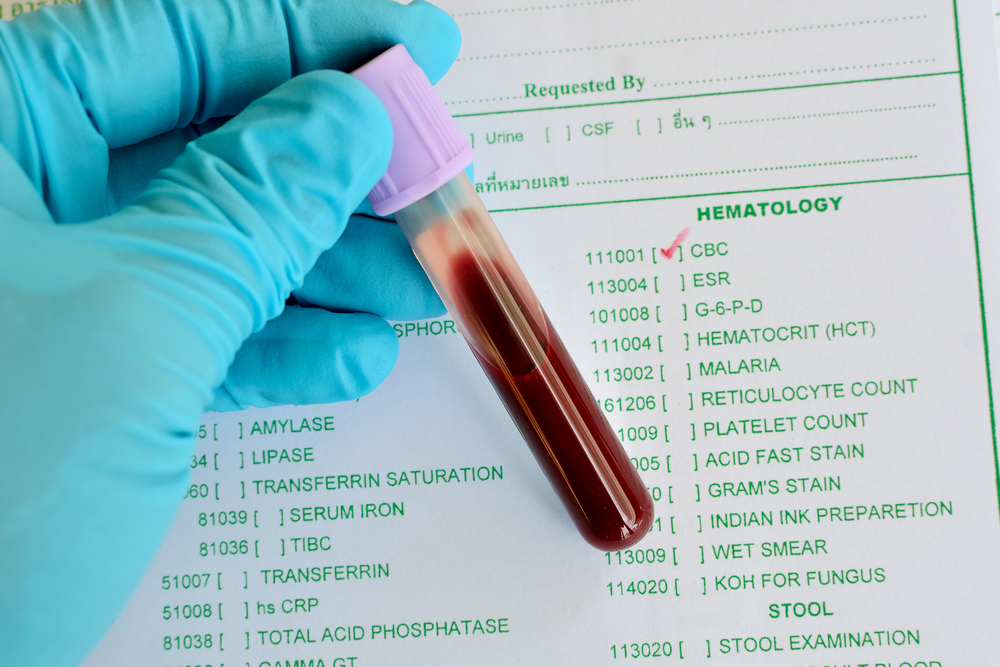Cortisol, ACTH Levels Identify Patients at Risk of Low Blood Potassium After Korlym Treatment, Study Says

Serum cortisol and adrenocorticotropic hormone (ACTH) levels may be useful in identifying Cushing’s syndrome patients at risk of experiencing low blood potassium levels while being treated with Korlym (mifepristone), Corcept Therapeutics’ researchers report.
Their work, “Anticipating Hypokalemia in Patients With ACTH-Dependent Cushing Syndrome Treated With Mifepristone: Utilization of Cortisol and ACTH Levels to Identify At-Risk Patients,” was presented in a poster at the 2019 Annual Meeting of the Endocrine Society (ENDO), in New Orleans, Louisiana.
Cushing’s syndrome is an umbrella term for patients who have too much cortisol in their body. Cortisol is known as the “stress hormone” because of its ability to increase blood sugar levels, inhibit digestion, and halt immune activities — all deemed crucial to the body in times of stress.
In Cushing’s syndrome, the elevation of cortisol levels leads to a decrease in the blood levels of potassium, a condition called hypokalemia. Potassium is a mineral that helps the body regulate fluid, send nerve signals, and regulate muscle contractions.
Korlym is approved in the U.S. for Cushing’s syndrome patients with high blood sugar caused by excess cortisol who have failed, or are not candidates for, surgical care.
While treatment with Korlym blocks the action of cortisol, it can cause a sudden increase in circulating cortisol levels and exacerbate hypokalemia. In this case, patients’ potassium levels must be normalized before beginning treatment with Korlym and should be monitored closely during treatment.
“However, there is little guidance to help clinicians identify patients who may be at a greater risk for developing hypokalemia during mifepristone therapy and who may benefit from prophylactic [preventive] treatment,” researchers wrote.
To address this matter, scientists used data from an open-label Phase 3 trial — called SEISMIC (NCT00569582) — to investigate associations between cortisol and ACTH levels and the development of hypokalemia in patients with ACTH-dependent Cushing’s syndrome treated with Korlym.
SEISMIC evaluated the safety and effectiveness of Korlym for treatment of high cortisol levels in patients with endogenous Cushing’s syndrome from ACTH-dependent or adrenal disorders. (Endogenous means the disorder is not caused by external factors.)
Patients had to take Korlym by mouth once a day. The dose was increased during scheduled intervals during the study, or until symptoms improved or the highest dosage allowed was reached.
During clinic visits, blood pressure, glucose tolerance, and blood parameters were measured, the heart’s electric activity was recorded (electrocardiogram), and urine analysis was performed.
For this new analysis, only 47 subjects were considered. Researchers sought to identify factors associated with early-onset low potassium levels (occurring within the first two weeks of Korlym treatment during doses of 300 mg/day) and late-onset hypokalemia (occurring after two weeks of Korlym treatment during dose escalation).
Results revealed that 40.4% (19 patients) of the study sample experienced hypokalemia at least once while on Korlym. Of those 19 patients, 52.6% developed low blood potassium levels by day 14.
Researchers reported that early-onset hypokalemia was significantly related to serum cortisol levels prior to treatment.
In fact, patients with initial serum cortisol levels over 27 micrograms per deciliter (µg/dL) were 6.8 times more likely to develop early-onset hypokalemia, compared to patients with a cortisol concentration of 27 µg/dL or lower (58.3% versus 8.6%).
Meanwhile, late-onset low potassium levels were significantly related to ACTH levels two weeks after treatment initiation.
Patients with an ACTH concentration more than 112 picograms per milliliter (pg/mL) were 5.6 times more likely of having late-onset hypokalemia, compared to subjects with lower ACTH levels (75% versus 13.3%).
Moreover, ACTH levels more than 112 pg/mL at two weeks were associated with a greater risk of severe or recurrent hypokalemia.
“Serum cortisol and ACTH levels may be useful in identifying patients at risk for developing hypokalemia while being treated with mifepristone,” researchers concluded.






